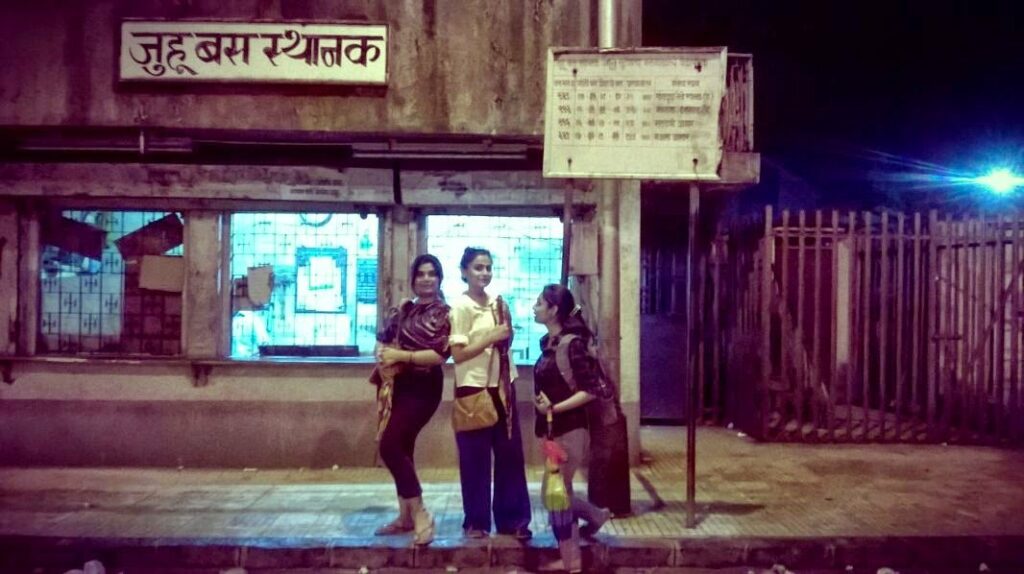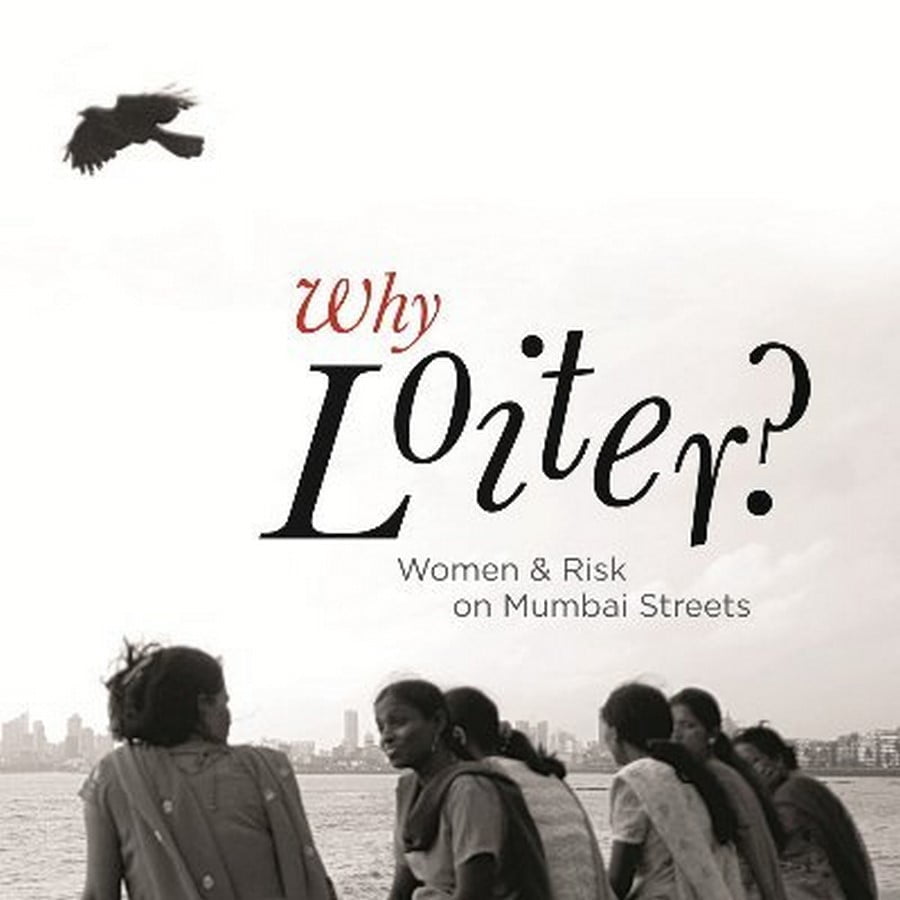The most recent dataset of the fifth National Family Health Survey (NFHS) in India, conducted between 2019 and 2021, offers interesting insights vis-à-vis women’s access to the public space. As per the data, 42 per cent of women report having ‘freedom of movement’ – a marginal increase compared to 41 per cent in NFHS – 4 (2015-16) data. A complex range of factors impacts women’s access, which can create enabling conditions or otherwise, in terms of their right to move about freely.
Interestingly, the NFHS-5 report measures freedom of movement as women ‘usually allowed to go alone‘ to the market, health facility, as well as to places outside the village or community. This definition is premised on looking at empowerment through a language of permissibility where women are to be ‘allowed’ movement as a measure of their freedom. It does not examine the ability to make the choice regarding mobility.
What affects women’s access?
The data for women’s freedom of movement in the survey is segregated by background characteristics like age, residence, schooling levels, marital status, household structure, religion, caste group and wealth quintile. While these are crucial differentials, simply taking data at face value or looking for linear explanations can lead to misleading impressions.
The survey does not inquire into the nature of permission required and from whom – it is important to think of the ways in which access is impacted by the very way permission is sought and how women negotiate public access. Women’s position in the household structure, their social identity and labour force participation also determine women’s mobility and freedom of movement.

A study in the journal Urbanisation demonstrates the gradations in women’s mobility owing to various factors at play in the household, including the relation to the head of the household and the physical location of the household. The act of ‘informing’ about going out, rather than having to ‘ask’ for permission also demonstrates slightly better autonomy. Unmindful of such dynamics, the NFHS statistics may not be enough to make sense of how access to public space is regulated in gendered ways.
Hindrances to women’s everyday mobility cannot be understood in isolation from other factors like literacy levels, household decision-making, fear of crime, crime statistics and reportage around women’s safety.
In the state-wise data on women’s freedom of movement, the NFHS-5 report also brings forth that among the states, Himachal Pradesh has the highest percentage with 82 per cent of women ‘allowed’ to go alone to all three places, followed by Mizoram (75.4 per cent) and Sikkim (66.2 per cent). Delhi’s is more mid-range at 48.8%. The lowest percentage is reported from Kerala at 15 per cent, followed by Manipur (31.2 per cent) and Karnataka (31.6 per cent).
Women’s mobility and crime statistics
An easy way to draw inferences could be to correlate this data with the National Crime Records Bureau(NCRB) report 2021 to find out the rate of total crimes against women. While Himachal Pradesh reported a rate of total crime against women at 43.8 per cent in 2021, that of Kerala is 73.3 per cent in comparison. For states like Manipur and Karnataka which show low freedom of movement for women as per NFHS data, the rate is 19.1 per cent and 43.8 per cent respectively. In Delhi, it is as high as 147.6 per cent. However, a recent book by Rukmini S. demonstrates how crime statistics often become a spectator sport, leading much to fall through the cracks of the statistical system.
Many cases of gender-based violence can remain hidden, resulting in lower rates of reported crime. In addition, greater and often sensational crime reportage has the effect of strengthening the popular narrative of the public space not being safe for women and therefore, stifling women’s movement as a way to ‘protect’ them.
Ensuring enabling infrastructures
Among factors that could positively impact women’s mobility and access to public space are infrastructural provisions including an effective and affordable public transport system, adequate and well-maintained public toilets, and working street lights, which have the ability to generate a sense of comfort and belongingness in public spaces.
This is aptly demonstrated through varied narratives in the poignant work, Why Loiter. The perception of safety that accessible infrastructure and spaces provide can significantly affect mobility. Perceived risks and lack of infrastructural provisions act as a deterrent to the very decision of stepping out of the home.

While access to public space for women is framed in the language of permission, it will continue to be seen as conditional. Yet, as we imagine radical futures, it must entail unconditional access to the public space without fear and anxiety. The solution is not to bar women from public spaces because the latter are unsafe, but to make public spaces safe for women and marginalized sections to be able to access and rightfully claim.
Also Read: Why Loiter? Book Review: Imagining Our Streets Full Of Women
About the author(s)
Samreen Mushtaq, Postdoctoral Fellow, Centre for Studies in Gender and Society (CSGS), Ashoka University.




